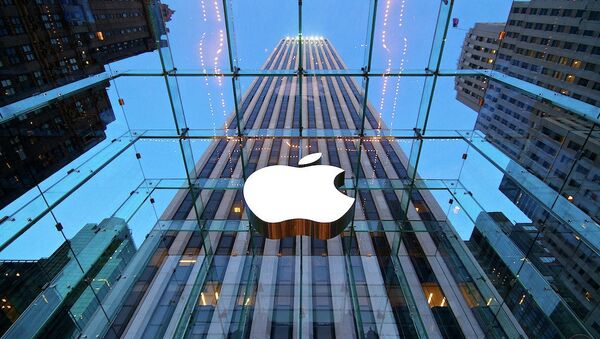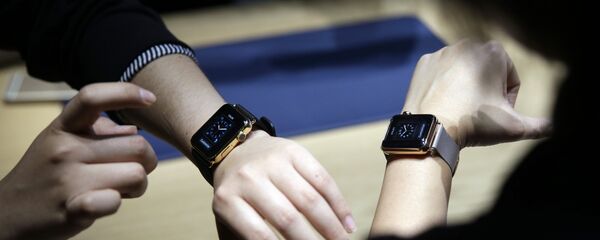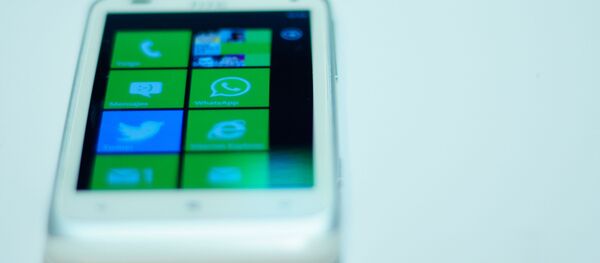According to the recent report of the market research and technology analysis company Yole Developpement (YD), Russian “Monocrystal” is one of the few companies in the segment that have managed to show an operating profit by the end of 2014.
In July, the factory, based in the Russian city of Stavropol, grew a 300-pound sapphire crystal, a world’s first, using the kyropoulos method based on its own technology.
The company, with 30 years of experience in the production of sapphires, has previously grown sapphires weighing 100 kg and 140 kg.
By the end of the year, it plans to increase production capacity by more than 20% and take 30% of the global market of artificial industrial sapphires.
Monocrystal now holds 27% of the world market sapphire for optoelectronic applications and 11% of the world market of aluminum pastes for solar energy.
Due to the depreciation of the ruble, the Russian company’s products have become more competitive, enabling it to increase monthly the production of 2-inch wafers from 4 to 5 million units by the end of 2015.
According to the company’s website, 40 percent of its shipments are 2-inch wafers, and 60 percent — 4-inch. It also produces 8 and 10-inch sapphire wafers.
Sapphire, which is almost entirely scratch-proof, must have seemed like a perfect material for a smartphone screen. It has long been used as a cover for luxury watches, and Apple has used it to cover the cameras and fingerprint sensors in some iPhones since October 2013.
The only material that's harder than sapphire is diamond — it can't be scratched by any other substance.



